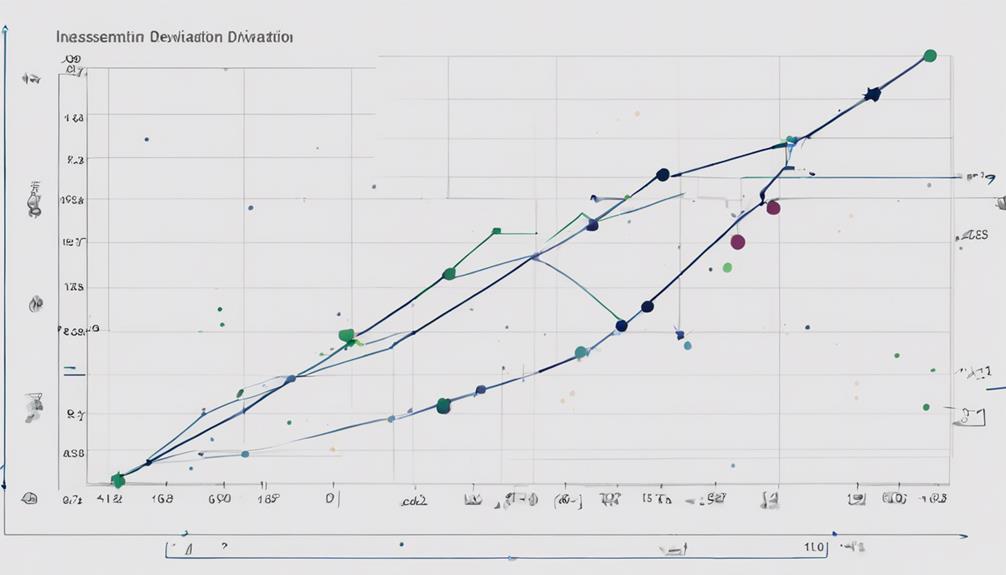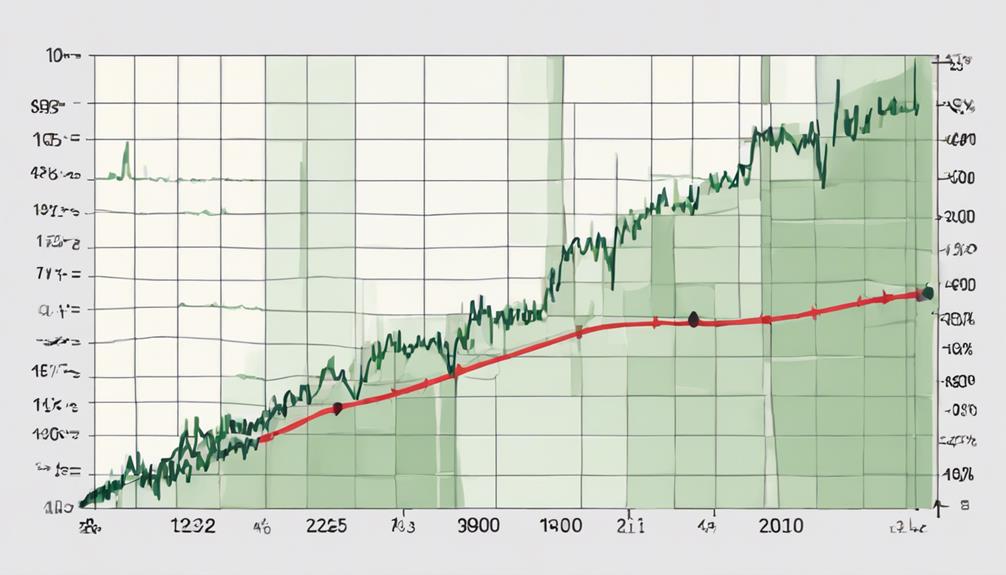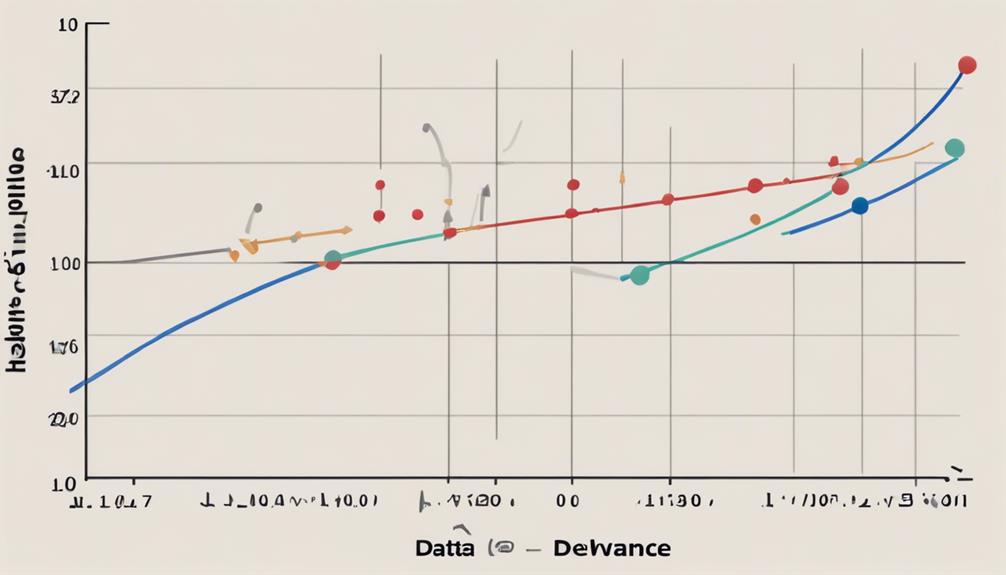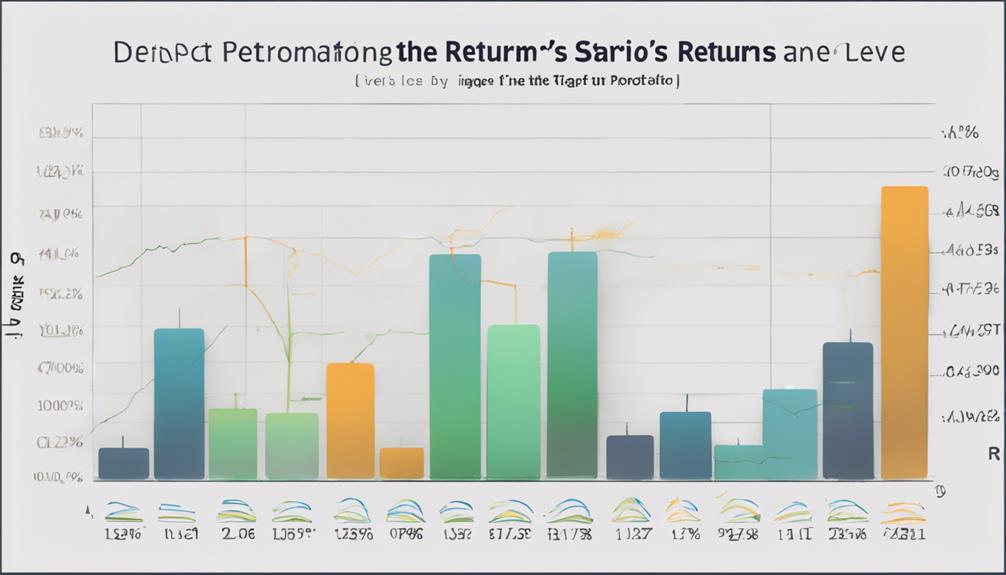In the realm of investment decisions, the utilization of standard deviation stands as a pivotal instrument for assessing risk and market dynamics.
The ability to comprehend how asset prices deviate from their mean through standard deviation offers investors a window into the level of uncertainty surrounding an investment.
By delving into the calculations of standard deviation, investors can gain insights into the stability and unpredictability of assets, empowering them to make well-informed decisions aligned with their risk appetite.
This strategic approach is paramount for navigating the intricacies of the financial landscape and steering portfolio performance towards optimal outcomes.
Understanding Standard Deviation in Investments
Standard deviation in investments serves as a crucial metric for quantifying the volatility of returns around the mean, providing investors with insights into the potential range of outcomes for a particular asset. It is a statistical measure that helps investors assess the level of risk associated with a specific investment.
By calculating standard deviation, investors can determine how much the returns on an investment are deviating from the expected or average return, which is represented by the mean. The standard deviation is derived from the variance, the average of the squared differences from the mean.
Understanding standard deviation is essential for investors as it offers a way to gauge the volatility of an investment. The higher the standard deviation, the greater the volatility, indicating a wider range of potential outcomes. This information is crucial for investors looking to align their investment choices with their risk tolerance levels, as it provides a clearer picture of the potential risks and rewards associated with a particular investment.
Calculating Standard Deviation for Risk Assessment

In the realm of investment analysis, the calculation of deviation from the mean return serves as a fundamental step in evaluating the level of risk associated with a specific asset. Standard deviation, a crucial metric in financial analysis, is utilized to measure the variability of investment returns and assess investment risk.
To calculate standard deviation for risk assessment, historical data is analyzed to determine the range of returns an asset might experience. The deviation formula involves finding the mean of returns, calculating the deviations of individual returns from the mean, squaring these deviations, summing them up, and finally taking the square root. This process results in a numerical value that represents the volatility and potential risks associated with the investment.
Standard deviation aids investors in understanding the potential fluctuations in returns, guiding them in making informed decisions based on risk tolerance. Visualized as a bell-shaped curve, standard deviation is essential for assessing the level of uncertainty and risk in investment portfolios.
Interpreting Standard Deviation for Investment Decisions

Interpreting the variation in investment returns through the lens of standard deviation is a critical aspect of making informed investment decisions based on historical performance data. Standard deviation helps investors gauge the volatility of returns around the average, providing insights into the potential risks associated with an investment.
A higher standard deviation indicates a riskier investment, with a wider range of potential returns and increased volatility. On the other hand, a lower standard deviation suggests more stable returns with less variability over time.
By interpreting standard deviation, investors can align their investment choices with their risk tolerance levels, ensuring that the level of risk in their portfolio matches their comfort level. Understanding standard deviation is essential for making sound investment decisions, as it allows investors to quantify and assess the level of uncertainty and potential price fluctuations in their investments accurately.
Standard Deviation Vs. Variance in Investments

When evaluating data spread in investments, comparing variance and standard deviation offers distinct perspectives on risk assessment and volatility analysis. Variance quantifies the dispersion of a dataset by measuring the average of the squared differences from the mean. However, due to this squaring effect, variance can be harder to interpret than standard deviation, which is simply the square root of the variance. Standard deviation provides a more intuitive measure of the spread of data in investments, making it a valuable tool for understanding risk.
In investment decisions, standard deviation is crucial for assessing the volatility and potential risk of an asset. By calculating standard deviation, investors can better grasp the range of potential outcomes and adjust their strategies accordingly. Understanding the differences between standard deviation and variance is essential for accurately evaluating investment risk and making informed decisions based on the level of dispersion in the dataset.
Applying Standard Deviation to Sharpe Ratio

Utilizing standard deviation in the context of the Sharpe Ratio analysis enhances the assessment of risk-adjusted returns for investment evaluations.
- Comprehensive Analysis: The Sharpe Ratio considers both investment return and volatility, providing a holistic view of risk-adjusted performance.
- Risk-Adjusted Returns: By factoring in standard deviation, the Sharpe Ratio helps investors determine if the excess return of an investment adequately compensates for the risk undertaken.
- Quantitative Evaluation: Calculated as the ratio of excess return to standard deviation, the Sharpe Ratio quantifies how well an investment has performed relative to its risk.
- Informed Decision-making: Incorporating standard deviation into Sharpe Ratio calculations aids in making more informed investment decisions by evaluating risk and return jointly.
How Can Standard Deviation Help in Making Investment Decisions in Forex Trading?
When it comes to exploring standard deviation in forex trading, it can be a valuable tool for making investment decisions. By analyzing the standard deviation of a currency pair’s price movements, traders can gain insights into the volatility and potential risks involved, helping them make more informed trading choices.
Frequently Asked Questions
What Is a Good Standard Deviation for an Investment?
A good standard deviation range for investments typically falls between 10-15%. Lower standard deviations indicate lower volatility and risk, while higher ones suggest greater fluctuations and risk. Investors balance risk and returns based on their goals and tolerance levels.
How Is Standard Deviation Used in Decision Making?
Standard deviation in decision making allows for the quantitative assessment of risk and volatility, aiding in comparing investments' historical variability. It enables investors to gauge stability, predict outcomes, and align choices with risk tolerance and objectives.
How Does Standard Deviation Impact Investment Decisions?
Standard deviation influences investment decisions by quantifying risk through measuring the dispersion of returns from the mean. Investors use it to gauge volatility, assess potential outcomes, and make informed choices aligned with their risk tolerance levels.
Do You Want a High or Low Standard Deviation in a Portfolio?
In portfolio management, the choice between high or low standard deviation hinges on risk tolerance and return objectives. Lower standard deviation signifies stability and lower risk, appealing to risk-averse investors. Conversely, higher standard deviation offers potential for greater returns but with increased volatility.
Conclusion
In conclusion, standard deviation is a vital tool for investors to assess risk and market volatility in their investment decisions.
One interesting statistic to consider is that a higher standard deviation indicates a greater level of risk associated with an investment, while a lower standard deviation signifies a more stable asset.
By accurately calculating and interpreting standard deviation, investors can make informed decisions to optimize their portfolio performance and manage risk effectively in the financial market.
